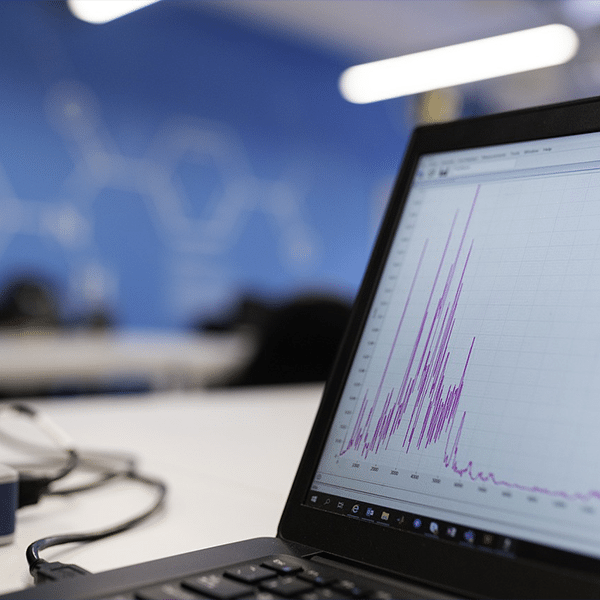The global PC and tablet market is headed toward 3.8% growth this year, according to a report from the International Data Corp. (IDC).
The firm’s Worldwide Quarterly Personal Computer Device Tracker found that about 403.5 million units will be shipped. PC growth is 0.8%. It is coming from artificial intelligence and the approaching end of support for Windows 10. According to the report, tablets are enjoying stronger growth than PCs — 9.8% — this year.
Positive growth is expected to accelerate next year on the PC side. IDC predicts that commercial upgrades from Windows 10 to Windows 11 will lead to growth of 4.3% next year.
IDC says that macroeconomic concerns have caused companies to remain in evaluation mode for PCs and tablets with higher price tags due to AI integration. An improving economic climate is expected to enable the commercial PC/tablet segment to grow 5.1% next year
“There seems to be a big disconnect between supply and demand as PC and platform makers are gearing up for AI PCs and tablets to be the next big thing, but the lack of clear use cases and a bump in average selling prices has buyers questioning the utility,” Jitesh Ubrani, the research manager with IDC’s Worldwide Mobile Device Trackers, said in a press release about the report.
“It’s now up to Microsoft, Apple, and Google to prove the need for locally processed AI to avoid a backlash from hardware makers and end users.”
Longer term, IDC predicts that the commercial sector will have a compound annual growth rate (CAGR) of 1.7% from this year to 2028. The consumer segment will have a CAGR of 0.6%. The total CAGR for the category will be 1.0%.
The results suggested a good rebound for the tablet sector. In August, 2023, IDC reported preliminary data that suggested that during the second quarter of the year tablet shipments were down 29.9% compared to the year-ago quarter. The firm also said that Chromebooks experienced a 1.8% year-over-year decline.
In June, 2023 IDC predicted that worldwide shipments of wearable devices were going to rebound that year to 504.1 million units, after declining for the first time ever in 2022.



